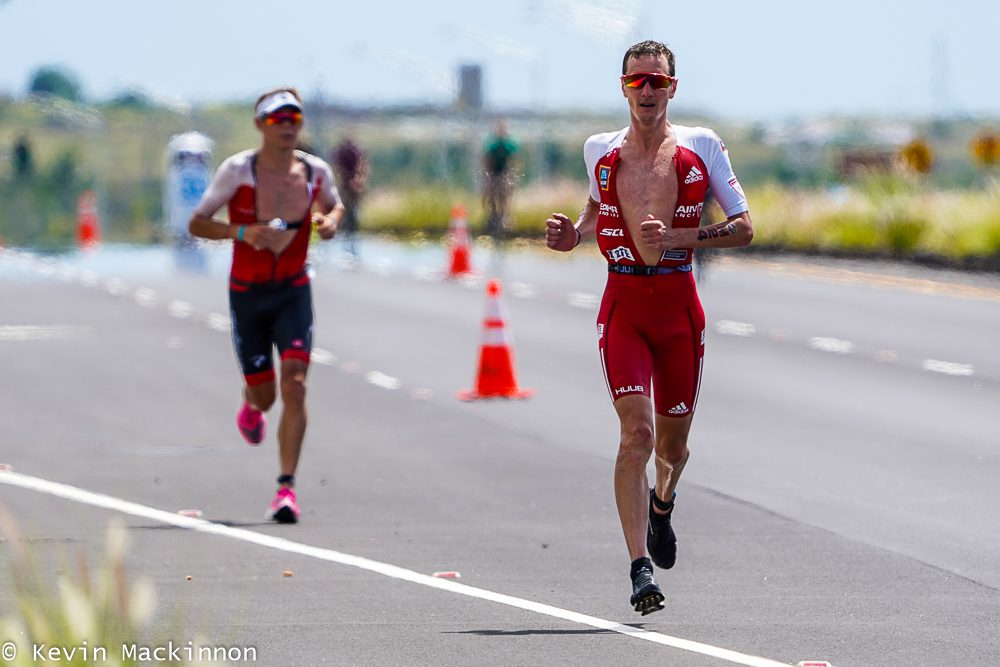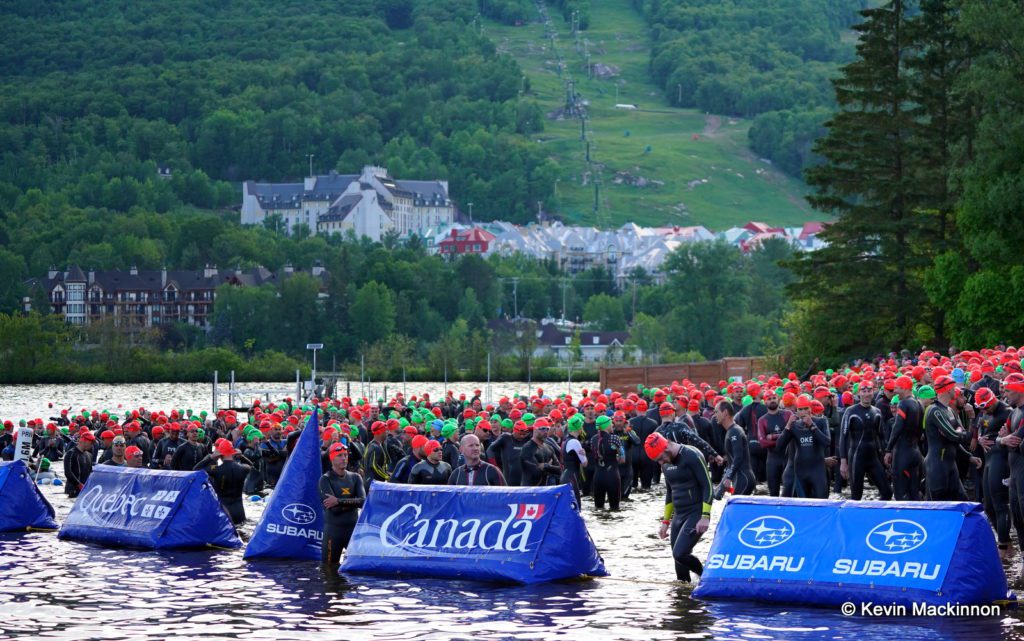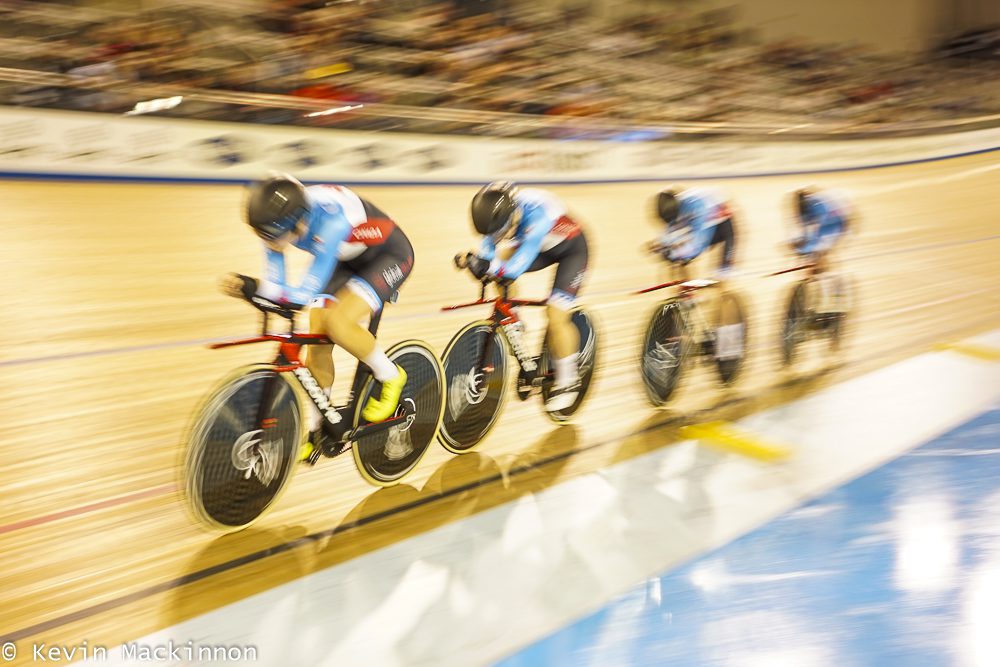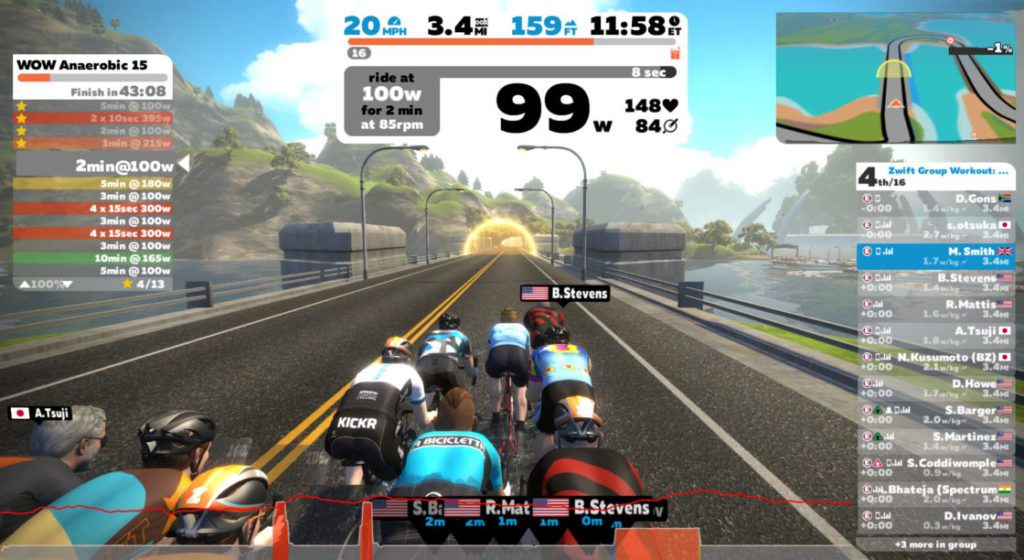The psychology of pacing
Pacing is critical in triathlon, but it's not an easy skill to master. The science behind pacing strategies.

Pacing is a skill that’s tough to master. However, it’s an essential part of a triathlon. While your pacing strategy may depend on your strengths and weaknesses, how you pace your effort will make or break your goals of setting a new PR or making the age-group podium.

The Oxford dictionary defines pacing as doing something at a steady rate to avoid overexertion. In a triathlon, decisions are being made continuously to regulate effort versus the time or distance of a race.
The factors that influence pacing decisions are constantly debated. The change in the metabolic demand of working muscles is a common theory used to explain an individual’s effort. However, it only explains half the story. Over the last 20 to 30 years, research has looked into the effect the brain has on pacing. In 1996, Ulmer proposed a more extensive theory that the brain (central programmer) coordinates and adapts the outgoing messages of effort with the expected metabolic or biomechanical costs (fatigue, pain, breathing, lactic acid, recovery, etc.).
Related: How to train for your first half-Ironman
This idea of the brain coordinating multiple inputs (perceptions) and outputs (effort) has led to multiple studies and refinements to Ulmer’s original model. Based on his work, the Integrative Governor Model is the most recent explanation of pacing. It suggests bodily functions are in homeostasis (balance), and when internal homeostasis is threatened, the behaviour will change accordingly. Therefore, this idea exhaustion – or becoming exhausted – is perceived as a relative rather than an absolute event. Suggesting that fatigue is a symptom and not a physical state.

Essentially, pacing involves subconscious neural calculations in the brain, which integrates messages from the working muscles and projects the sensation of fatigue to the conscious brain. Meaning that the act of pacing is an outcome of the interplay between the sensation of fatigue and the expected remaining demands of a race.
Related: How to move up to the Ironman distance
A review published in Sports Medicine (2018) looked at the impact of how interpersonal (influence of other athletes) factors affected performance and pacing decision making. This is something we have all experienced. You’re at the start line and someone goes off fast and we try to follow. Or someone goes by us on the bike leg and we decided to follow (but outside the draft zone). You may even experience this in a Zwift workout, and then end up suffering in the remaining intervals.

Based on the study, the researchers from the University of Essex found some interesting results. In time trials (cycling) that used a virtual opponent, cyclists performed better with an altered pacing behaviour (“racing opponent”). This altered pacing behaviour led to greater physiological fatigue, but without a change perceived level of exertion compared to doing a time trial without a virtual opponent.
Related: Your indoor training menu

While this study may support the idea that having opponents will benefit your performance, there are other studies in this area of interest that will conclude the opposite.
What studies in this area of interest have found – both physiologically and psychologically – is that pacing is a complex behaviour. It’s a skill which is developed over many years of competition and training. As one increases in training/competition age, an athlete is better able to coordinate the incoming (perception) and outgoing (working muscles) signals with what they know they are capable of achieving (pace, power, heart rate, etc.).
Related: Tips for joining a tri club this fall
So, practice makes perfect – or close to it. Race and training experience is important. It is also important to do training sessions with other people around to get a sense of responding to other competitors. Applications like Zwift are a great way to do that on your own time, especially over the winter months when racing and training are not as available. During the season it’s great to join a club to help refine your skills, meet new people and get access to coaches.
